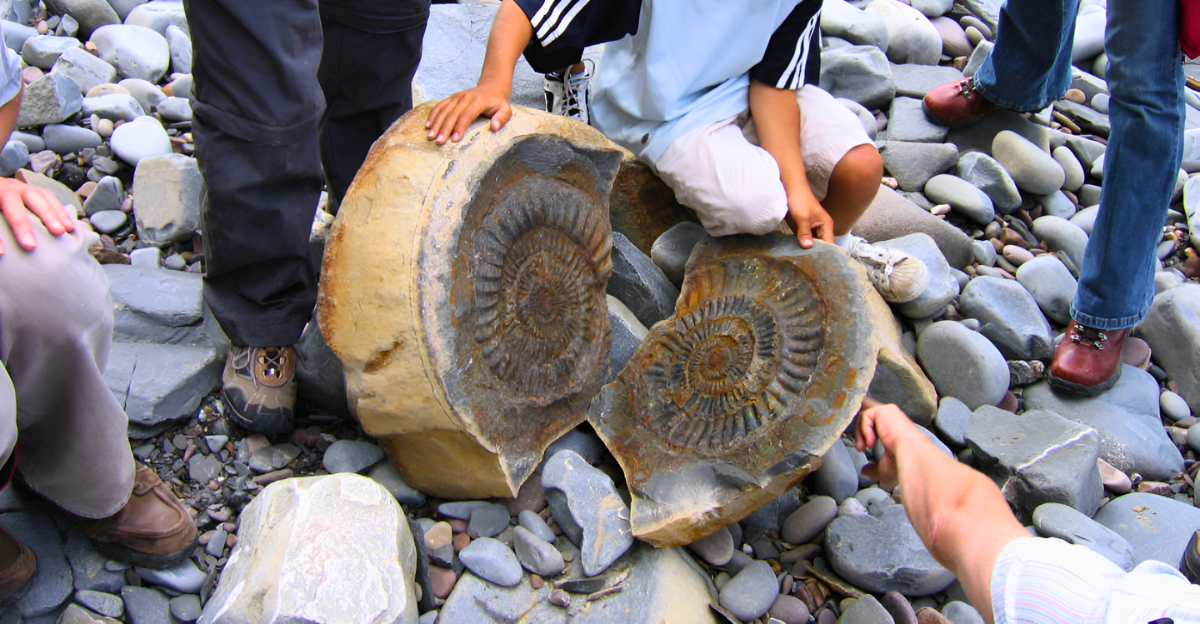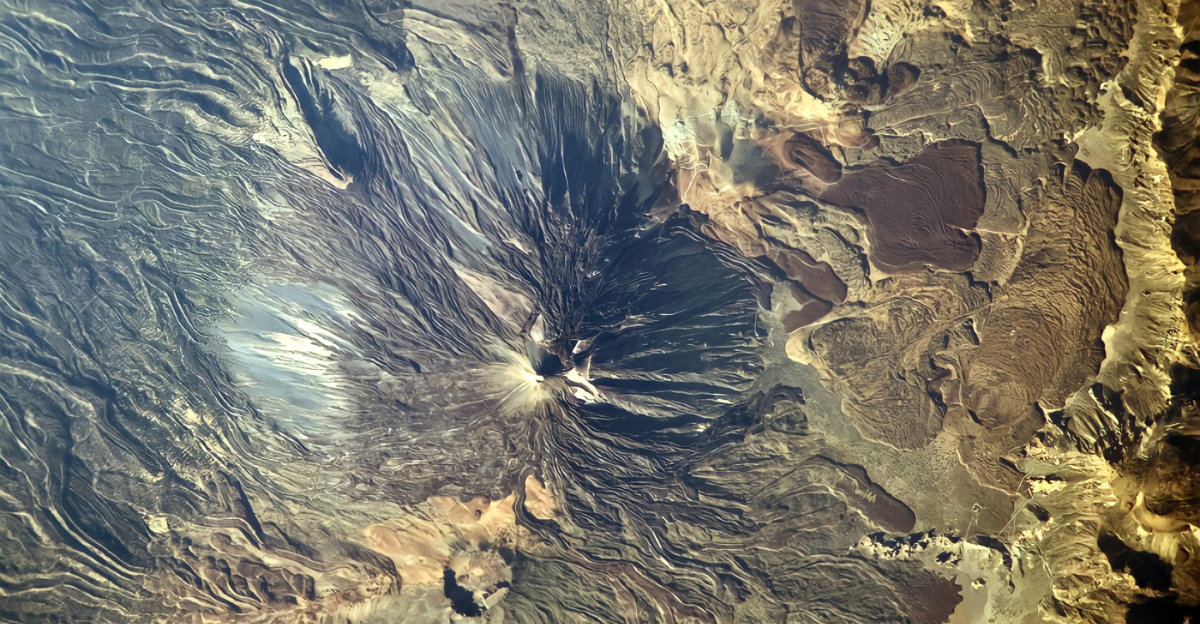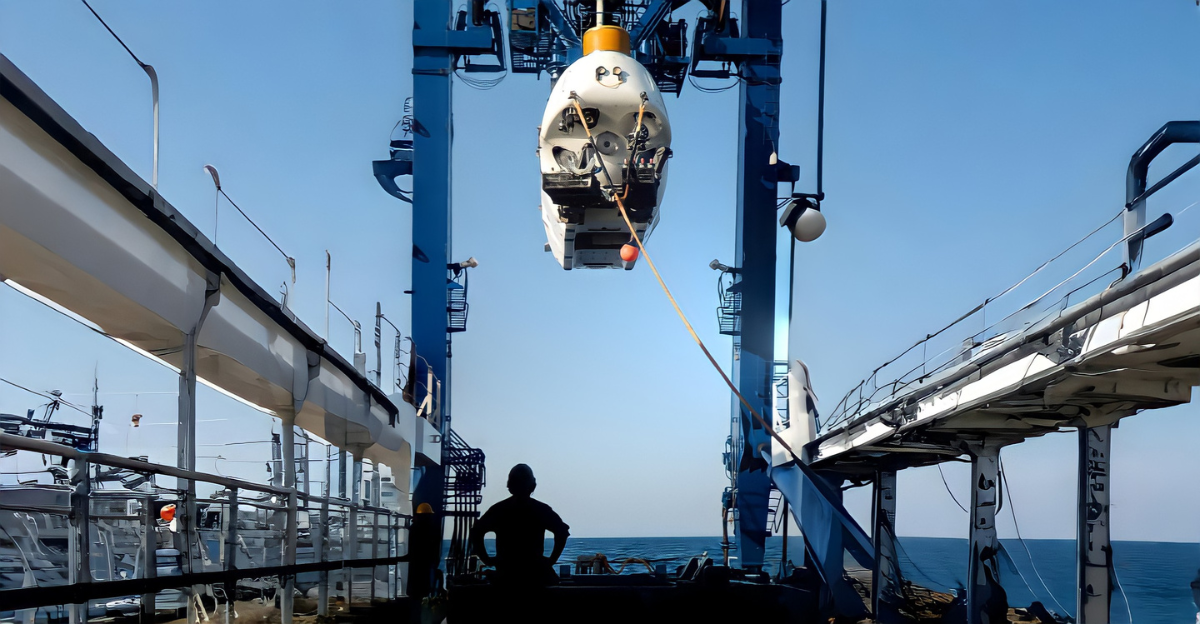
In January 2026, Japan plans to begin the deepest rare earth element (REE) mining expedition in history, aiming to extract mineral-rich mud from the ocean floor at a depth of 5,500 meters close to Minami-Torishima Island in the Pacific Ocean. In this historic operation, approximately 35 metric tons of seabed sediment with about 2 kilograms of rare earth minerals per ton will be extracted using the scientific drilling vessel Chikyu.
In a time when rare earths are essential for everything from smartphones to missile guidance systems, the mission also represents Japan’s larger goal to establish technological dominance. Japan is successfully rewriting the rules of resource acquisition by exploring the depths of the ocean.
International Supply Chains and Rare Earths

Because of their special magnetic, catalytic, and luminescent qualities, rare earth elements have been essential since the late 20th century and are the foundation of contemporary electronics, electric cars, wind turbines, and military technologies. Due to US-China trade tensions, China’s dominance historically began in the 1990s when it consolidated mining and refining. It then used this geopolitical control by imposing export restrictions, particularly in 2010 and again in 2023.
The impending deep-sea mission is part of a larger historical trend that has made resource nationalism and supply chain resilience crucial, pushing countries to investigate unorthodox sources like the ocean floor. Lessons from previous resource shocks, like the oil crises of the 1970s, where reliance on a single supplier caused economic instability, are also reflected in this action.
Deep-Sea Mining and the Chikyu Ship
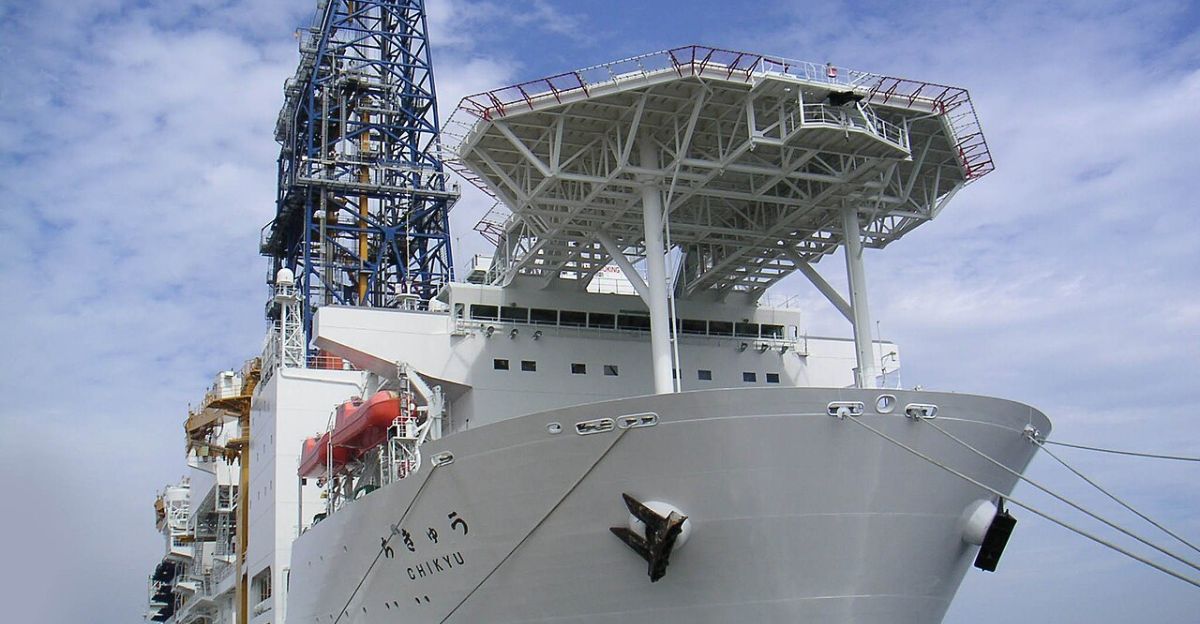
Japan is demonstrating its advanced marine engineering capabilities by repurposing the Chikyu drilling vessel, which was initially built for geoscientific research and earthquake studies. Extreme pressure (more than 500 atmospheres), almost freezing temperatures, and complicated sediment extraction logistics make mining at 5,500 meters deep difficult. These conditions call for the use of remote operation technologies and precision robotics.
A complex combination of robotics, oceanography, and materials science is demonstrated by the mission’s integration of AI-driven data analytics to maximize sediment extraction and reduce environmental disturbance. If this project is successful, it could open the door for commercial deep-sea mining operations around the world, changing the rare earth supply’s economics and spurring a new wave of maritime innovation.
Supply Diversification and Dependency Reduction
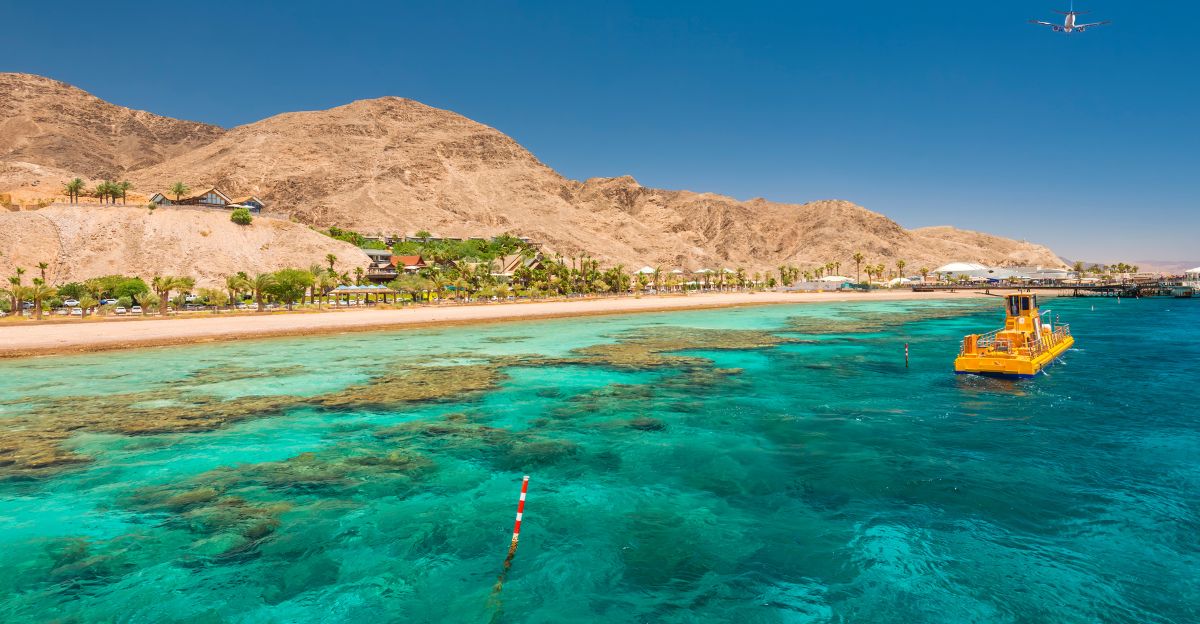
China’s hegemony over rare earths has turned into a strategic weakness for Japan and its allies, who have vowed to work together to secure vital minerals, including the US, India, and Australia. By accessing the enormous reserves in its exclusive economic zone, estimated at 16 million tons close to Minami-Torishima, the third-largest in the world, Japan’smissiondirectly challenges this monopoly.
In light of growing international tensions over vital resources, it also denotes a move toward regional alliances centered on resource security. Furthermore, a more comprehensive Indo-Pacific strategy to create robust supply chains and lessen reliance on any one country may be sparked by Japan’s ocean mining initiative.
Ethical and Environmental Aspects: Juggling Impact and Innovation

Environmental issues brought up by deep-sea mining include the possible disturbance of delicate marine ecosystems, the impact of sediment plumes on biodiversity, and the unknowable long-term effects on oceanic food webs. In order to reduce ecological disturbance and emphasize the trial nature of the operation rather than large-scale extraction, Japan’s mission involves thorough environmental impact assessments and testing.
By setting the standard for ethical mining methods, Japan could allay concerns about ocean exploitation and provide sustainable access to rare earths that are essential for green technologies. This mission acts as a testing ground for monitoring technologies that could offer real-time environmental data, guaranteeing openness and flexible management.
Economic Repercussions: From Pilot Project to Large-Scale Manufacturing
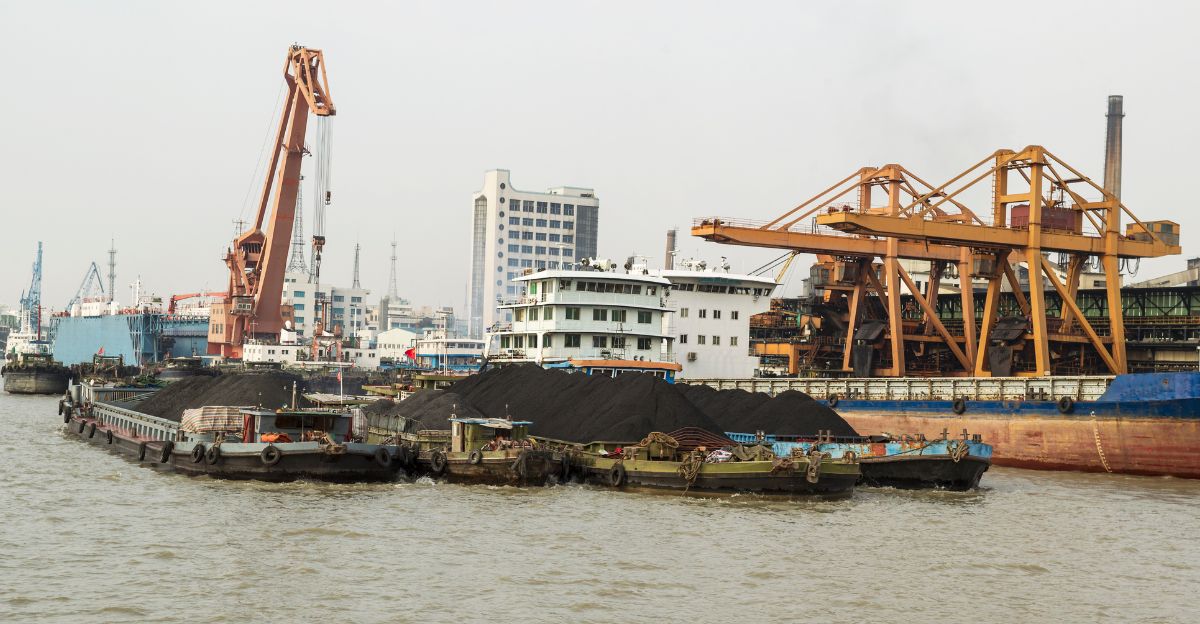
A second test is scheduled for 2027, with the goal of extracting 1,000 tons of mud and possibly establishing a local refinery at Minami-Torishima. The first trial’s objective is to validate the equipment and procedures. Establishing a domestic rare earth supply chain could lower expenses and lessen dependency on imports, which, at the moment, drive up prices because of geopolitical risk premiums. Economically speaking, it might promote the development of new sectors, the creation of jobs, and technological advancements in the extraction and processing of marine resources.
By promoting expertise in rare earth separation and alloy production, the establishment of a nearby refinery would also improve value addition domestically. By establishing Japan as a center for rare earth technology, this vertical integration may draw international collaborations and boost industrial competitiveness.
Strategic Industry Combinations: Connecting Defense, Green Energy, and Ocean Mining
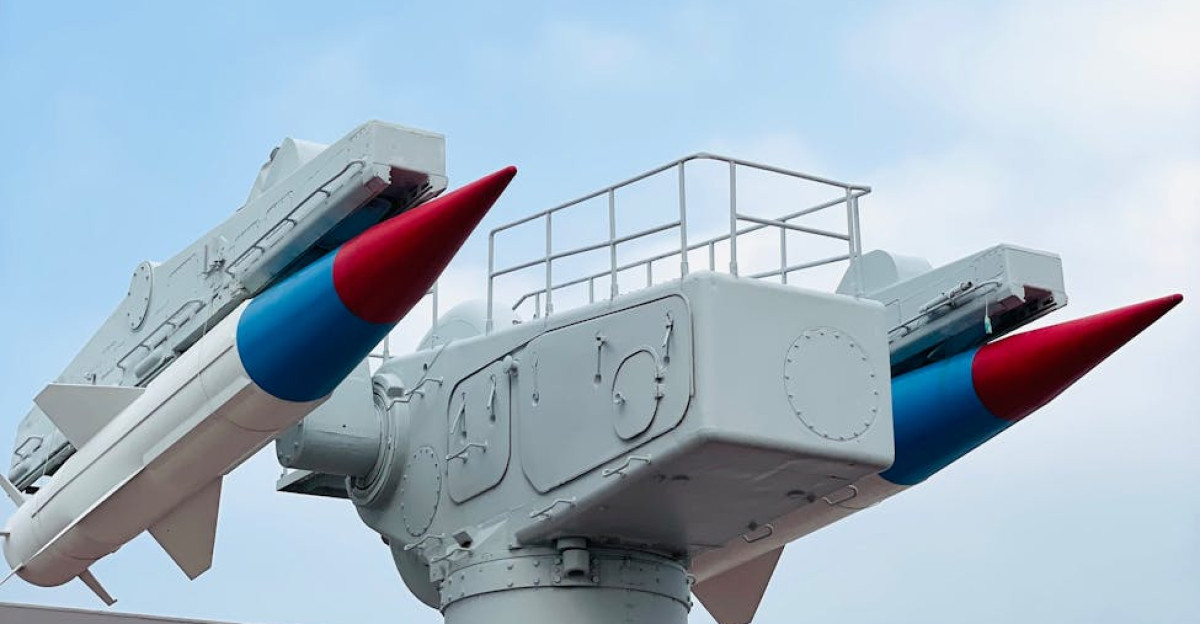
Magnets used in wind turbines, electric car motors, and missile guidance systems require rare earth elements. Japan’s deep-sea mining endeavor complements its overarching plan to become a leader in advanced defense and renewable energy technologies. Japan can boost military readiness in the face of China and North Korea’s threats to regional security while expediting electrification and decarbonization goals by securing rare earths domestically.
By encouraging cooperation between historically divided fields like marine engineering, defense research and development, and the renewable energy sector, Japan’s initiative may generate synergies that boost innovation. By integrating vital mineral sourcing into a comprehensive national security and sustainability framework, this integrated approach challenges traditional resource extraction paradigms and places Japan at the forefront of strategic resource management for the twenty-first century.
Questioning Traditional Resource Extraction Frameworks
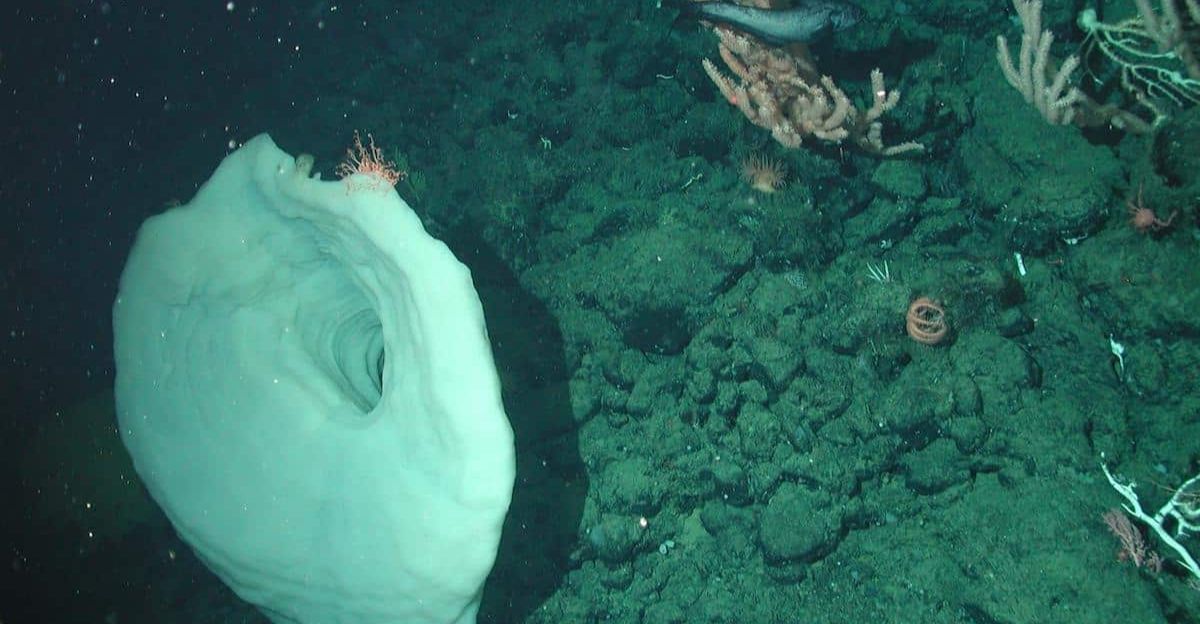
Deep-sea mining is frequently criticized for unidentified ecological risks, whereas terrestrial mining has adverse effects on the environment and society. In contrast to some land-based operations that result in deforestation, water pollution, and community displacement, Japan’s approach to ocean mining challenges this dichotomy by suggesting a controlled, scientific, and incremental method that may be less intrusive.
It challenges long-held beliefs about the boundaries of resource extraction and promotes creativity in sustainable methods, which could change the paradigms of mining around the world. This unconventional approach also emphasizes how deep-sea mining may become safer and more transparent than many current terrestrial mining operations thanks to technological developments in robotics, artificial intelligence, and environmental monitoring.
Future Theories: The Rippling Impact of Japan’s Leadership in Ocean Mining
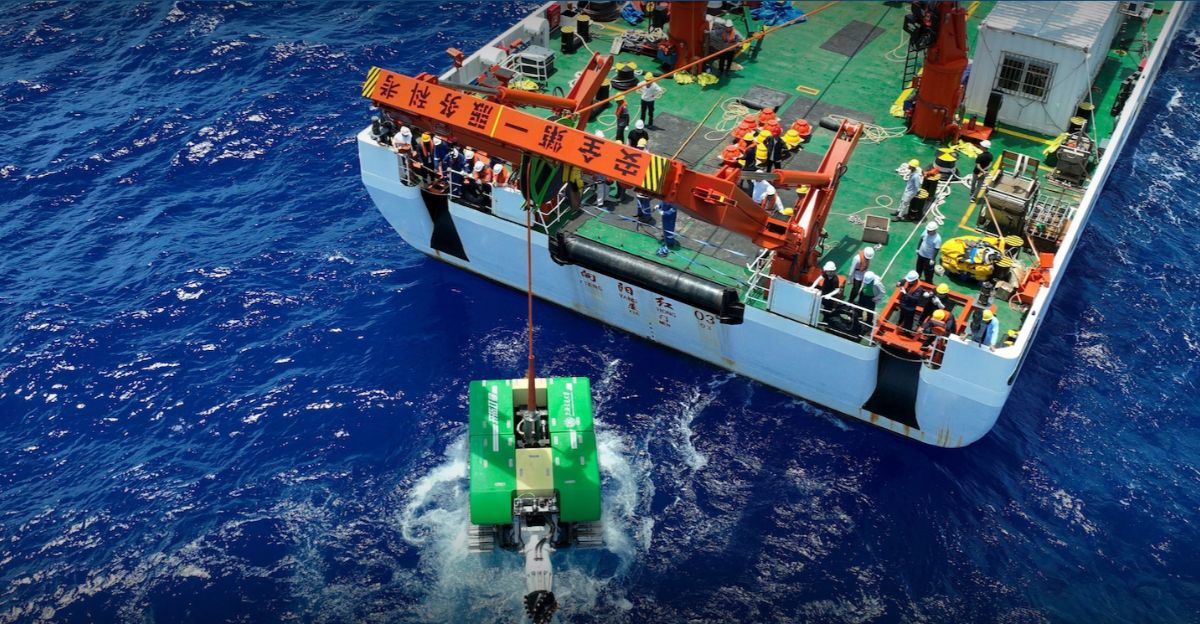
If Japan’s mission is successful, it may spark a global competition for deep-sea mineral resources, leading to new international laws, advancements in technology, and changes in the economy. It might lessen reliance on Chinese rare earths worldwide, encourage allied countries to undertake comparable projects, and quicken the development of subsea mining infrastructure.
By combining robotics, materials engineering, and marine science, Japan’s trailblazing role may also spur cross-sector innovation and revolutionize the use of ocean resources for many years to come. The mission may also influence UN conventions and global ocean stewardship by promoting scholarly and policy discussions on ocean ethics, governance frameworks, and sustainable development goals.
The Ocean Quest of Japan as a Strategic Need
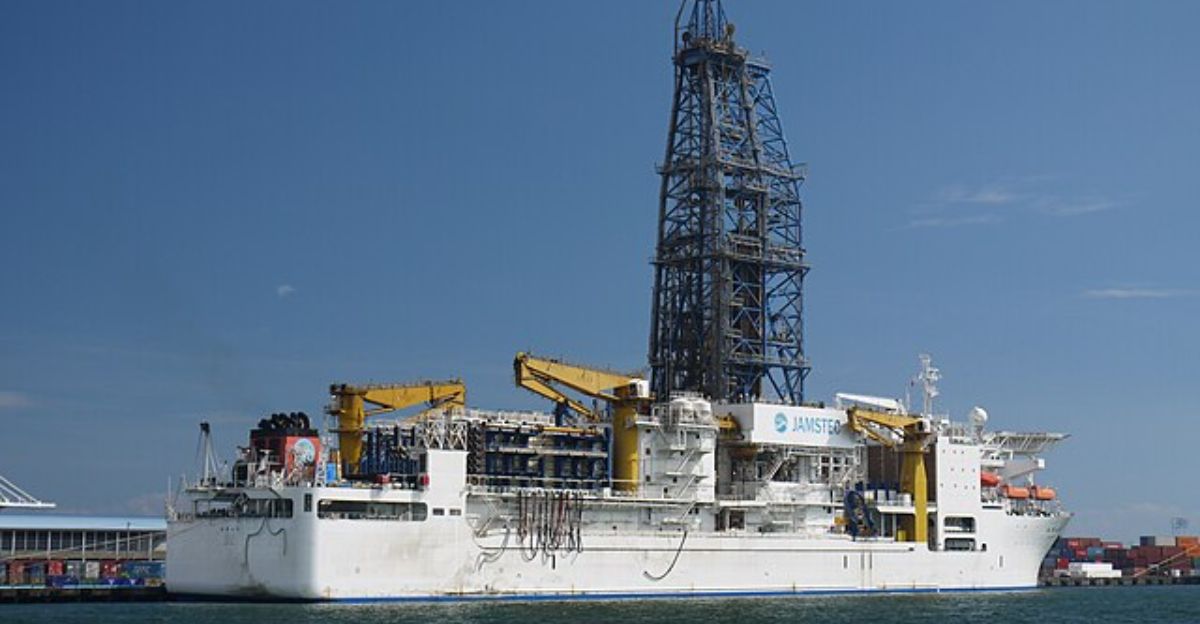
Japan’s historic deep-sea rare earth mining expedition is a daring, well-thought-out reaction to both technological demands and geopolitical vulnerabilities. It is a prime example of a progressive combination of resource security, innovation, and environmental stewardship. Japan is pushing the boundaries of sustainable resource extraction and upending China-dominated global supply chains by exploring the ocean’s depths.
Japan’s initiative might set an example for other countries juggling the conflicting demands of resource security and environmental protection by demonstrating how to strike a balance between economic ambition and ecological responsibility. In the end, Japan’s ocean quest represents the intricacy and necessity of resource strategy in the twenty-first century, where innovation, geopolitics, and ethics converge to influence sustainability and global technology.



